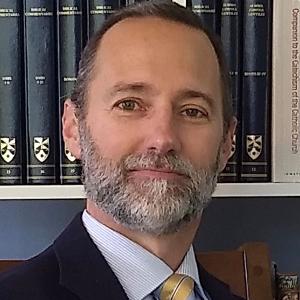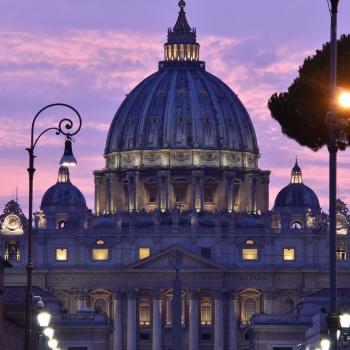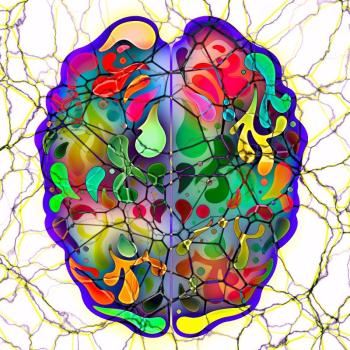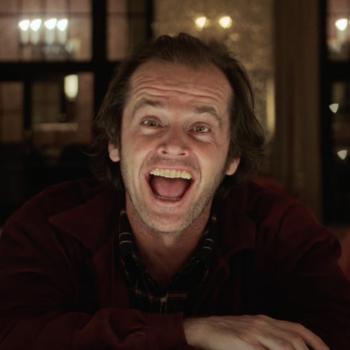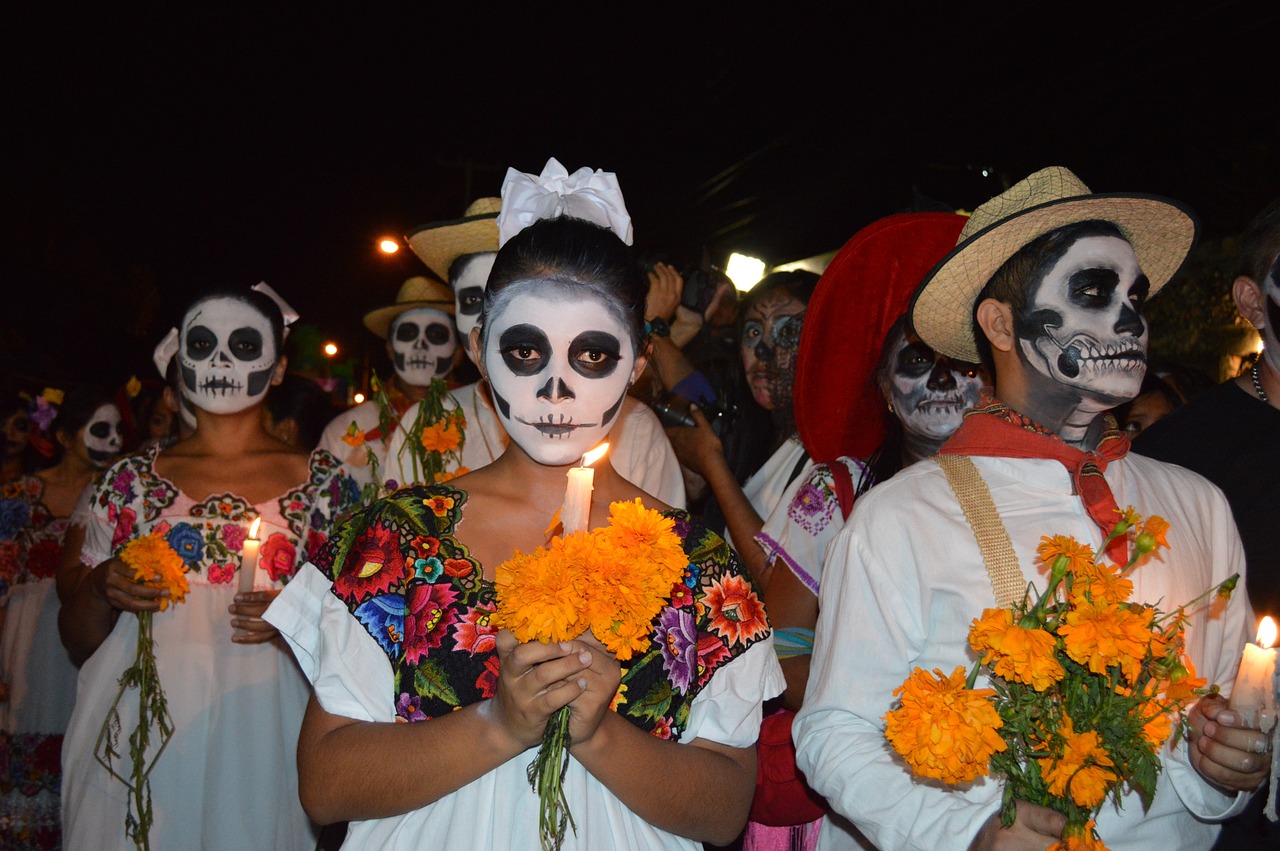
On Spooky, Suffering, and Weeping Ghosts

Much of the spookiness associated with Halloween is actually more closely connected to All Souls’ Day, celebrated on November 2nd. That’s the day in the Catholic Church where we remember and pray for the souls in Purgatory. Purgatory is the place between Heaven and Hell where souls go to be purified before they can be admitted into Heaven. We pray for these souls because the purification process is said to be extremely painful. Saints report being visited by these tormented souls who ask the holy person to pray for the end or alleviation of their torments—hence the familiar trope of the mournful spirit. Ghosts are commonly portrayed as sad and wailing creatures. Often, they are depicted carrying heavy chains. No doubt, these images come to us from the Catholic teaching about the suffering souls in Purgatory.
Latin culture goes all out for Purgatory. And not always in spiritually healthy ways either. Certainly the Day of the Dead, depicted in the photo at the top, is a creative, yet faithful, observance of authentic Catholic teaching on Purgatory. The skulls are a traditional symbol for death. On the other hand, the bright colors and flowers represent the hope for eternal Paradise.
Santa Muerte is a different story. It literally means “Saint Death,” which is a contradiction. There is no such saint. One expert on the subject called Santa Muerte,
“The poster girl of narco-satanic spirituality.”
My Close Encounter with a Ghost
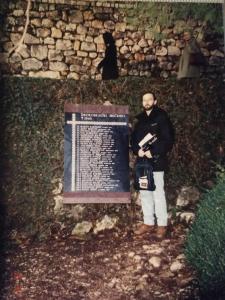
In a podcast show I did for Halloween, I talked about the photo you see below. That’s me about twenty-some years ago. I’m at the site of a terrible atrocity. Thirty Catholic Franciscans were martyred by Communist soldiers in 1945. But what a shock my wife and I got when we saw the photograph! We were freaked out by the ghostly appearance of a woman covered, head to toe, all in black. The image is spookily other-worldly, even when magnified. Did my wife snap a photo of a ghost?
But the story gets crazier, as I describe in the podcast show. The photo was taken in a town near Medjugorje in Bosnia. We later learned that there is a legend that the Virgin Mary appeared there, dressed all in black, to warn about the impending arrival of the end of the world. YIKES!
Anyway, I thought I would share the photograph because it seems to fit so perfectly with Halloween and All Souls’ Day, and all the spooky stuff connected to those holidays. By the way, Medjugorje is the location of reported ongoing daily apparitions of the Blessed Virgin Mary. They haven’t yet been approved or condemned by the Church. The interesting thing about these apparitions is that the visionaries allow pilgrims to be present when the Virgin Mary appears. I’ve been present at several of these events. But no one sees Mary. Only the visionaries do. How can this be? I offer a theory in my book The Immoral Landscape. Here’s an excerpt:
How apparitions, demonic possession, and other spiritual phenomena could be possible. An excerpt from The Immoral Landscape:
Consider the case of vision for a moment. Certainly it is true that the brain is essential to the ability to see. A brain injury can indeed cause blindness, but anyone who cited such a fact as proof that the brain is the only organ involved in the vision process would be clearly mistaken, for we know that the eyes are essential too. This analogy can help us to under-stand how the brain might be connected to the soul: in the same way that the brain receives signals from the optic nerve, so the brain might also receive signals from a spiritual soul/mind. In the latter case, the transfer of signals would take place wirelessly.
Our present media world offers many illustrative examples. TVs, radios, computers, and phones all have the capacity to function as wireless receivers—why not the brain too?[243] This idea that the brain might function as a wireless receiver to a spiritual mind can help explain any number of spiritual phenomena. One could think of other minds and spirits as different channels on a television set. While most brains appear to be set up for only one channel (the Me channel), it might be possible for a brain to receive multiple channels. Some Christian mystics are said to have been blessed with the grace of interior locutions: hearing the voices of holy beings. Some have been spoken to by Jesus; others, by Mary. Other mystical experiences include visions of spiritual beings. In the Catholic world, Mary tends to be the most restless of the heavenly peripatetics. She is reputed to be visiting some visionaries from Medjugorje on a daily basis. She has also been seen in Rwanda, Japan, and just about everywhere.
The wireless receiver model of the brain can explain how, during these spiritual visitations, some people can see the apparition and others cannot: Like cable TV, you have to be a subscriber—get the picture? (On October 13, 1917, a vast sea of humanity got the picture, loud and clear, at Fatima, Portugal. Eighty thousand peo-ple, including atheists and journalists, witnessed the prophesied miracle of the sun. Other such public miracles are expected from Medjugorje in the not too distant future: the priest appointed to reveal ten not so pleasant secrets to the world is in his seventies.[244] ) The glossolalia phenomenon, the ability to speak in tongues, can also be explained by the wireless receiver model of consciousness. In fact, ESP, out-of-body experiences, near-death experiences, the “reading of hearts,” and the gift of prophecy can all be explained by this model of the mind.[245] And on the darker side of the spiritual spectrum, the wireless receiver model can explain demonic possession. Some people who dabble in grave sin and occultism can find themselves in the uncomfortable situation of subletting their brains to noisy and unruly tenants who are difficult to evict. . . . [pp 127–128]


